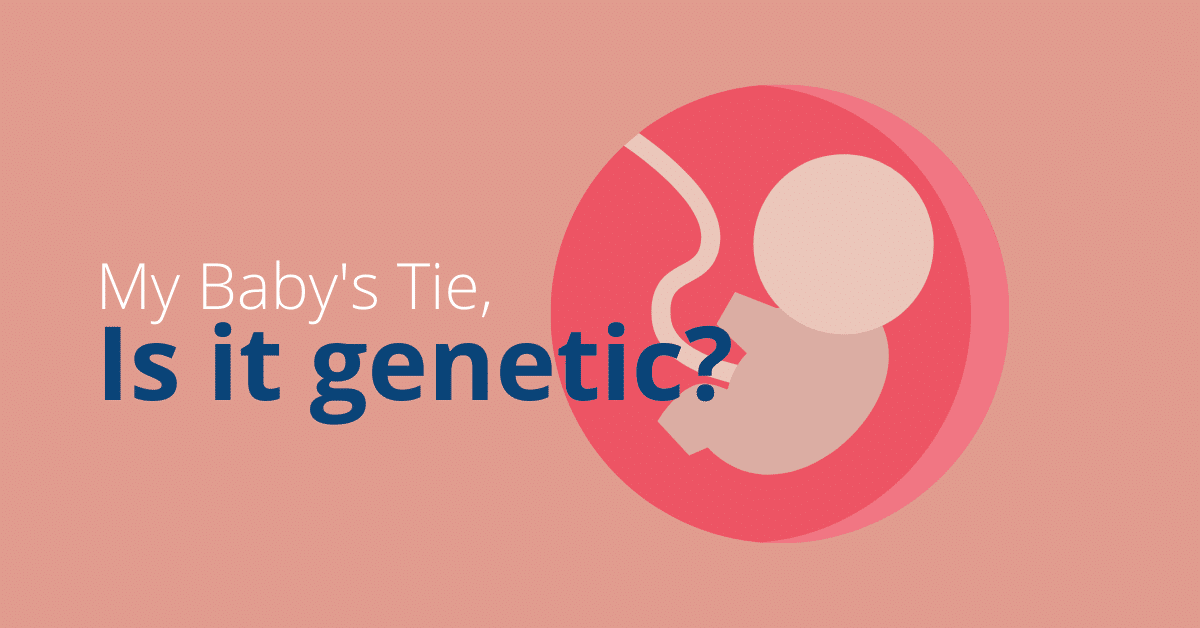We often get asked when parents of newborns with tongue or lip ties come in, if the child developed the tie as a result of a genetic predisposition. Truth be told, there is much to still learn about tongue and lip ties, but here are some of what we do know, about how ties are developed in the womb.
- As many as 1 in 10 children may have some sort of tie, even if not as noticeable. With research and experts in this field increasing, we’re now starting to have more data to suggest ties are far more common than originally thought. Do not despair or feel insecure if your child was born with a tie as it is more common than you may realize.
- Tongue Ties seem to be more prevalent with boys than girls and do tend to run in families. If you have one child with a tie, your likelihood of having another baby with a tie increases.
- Deficiency of folate (organic form of folic acid) may also be a contributor to the formation of ties. Typically before birth, the band of tissues holding the tongue (or lip) to the mouth separate. A lack of high enough folate levels during pregnancy has been proposed as a potential cause for these bands not separating as usual. Lack of folate during pregnancy has also been linked to cleft palates. This is still hotly debated and as of now, there are no extensive research studies to make a definitive link.
While we recommend pregnant women always maintain a healthy diet and take prenatal vitamins, we cannot confirm any link beyond simply genetic for the development of tongue and lip ties. Treating ties has now become essentially painless due to our laser technology so while we can’t prevent ties, Dr. Ann and all of us here at The TOT Spot are working hard to remove any associated stigma for new parents.

